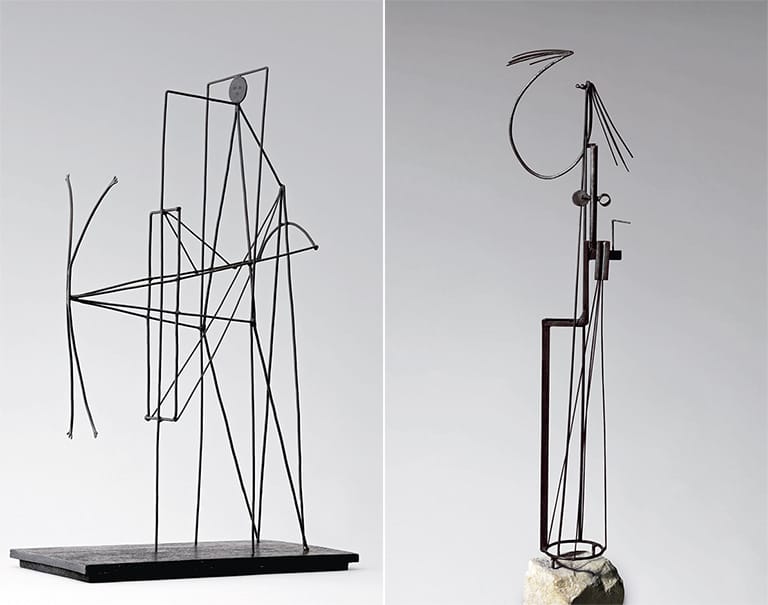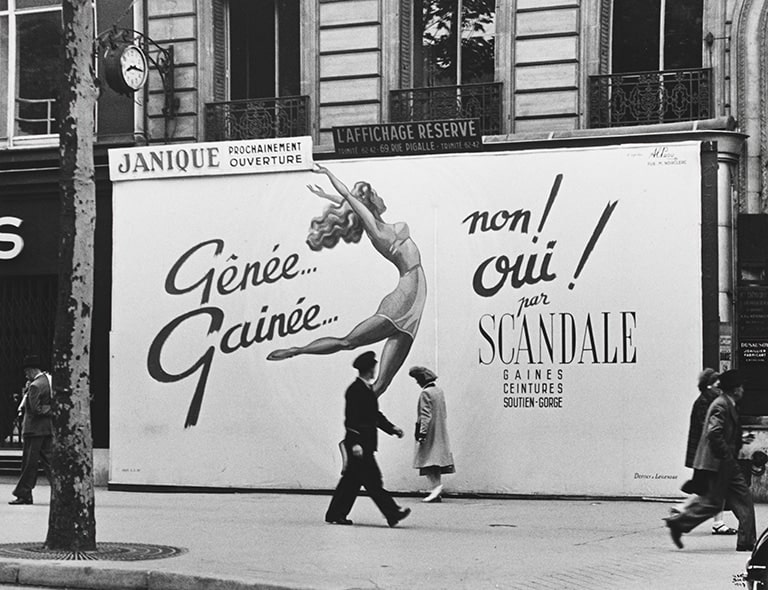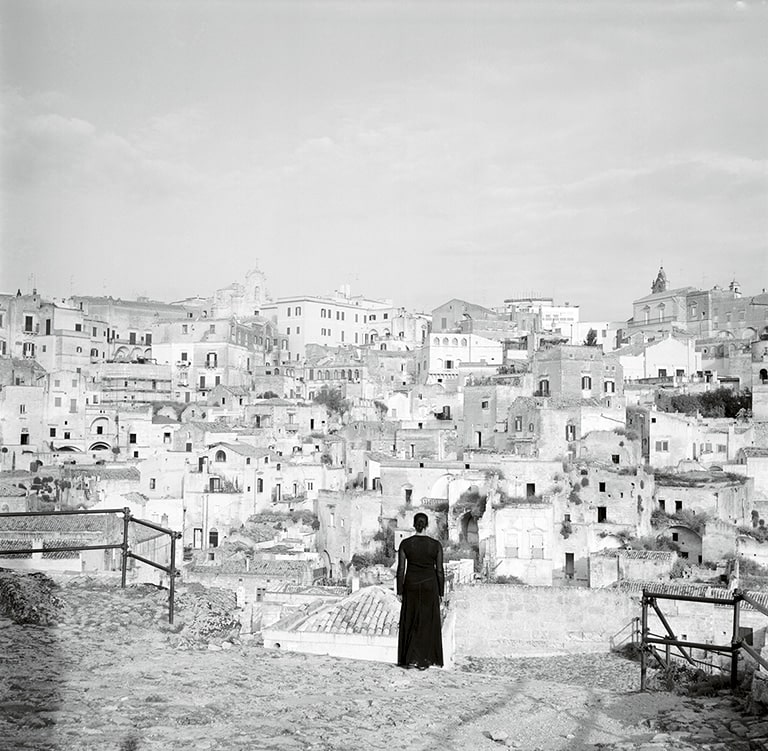Deux danseuses [Two Dancers]
![Deux danseuses [Dos bailarinas] Deux danseuses [Dos bailarinas] © COLECCIONES Fundación MAPFRE](/media/arte-cultura/colecciones/edgar-degas/fm002030.jpg)
Edgar Degas
Deux danseuses [Two Dancers], ca. 1890
© Fundación MAPFRE COLLECTIONS
ca. 1890, year 1890 – 1900
Entry date: 2011
Technique
Charcoal and sanguine on tracing paper
Dimensions
Paper size: 68.8 × 56.8 cm
With frame: 98 x 85 x 4 cm
Inventory
FM002030
Description
In his book Degas, Dance, Design (1936), Paul Valéry notes that there is a great difference between seeing something without a pencil in your hand, and seeing it drawn. Even the most familiar object to our eyes becomes something else; we realize that we have never really seen it. “Drawing is perhaps the most obsessive temptation of the intellect […] it is not the form, but the way of seeing the form.”
The drawings and paintings of dancers rehearsing, dancing, and lounging backstage at the Théâtre de l’Opéra in Paris, or in the classes given by the legendary dance teachers Louis Mérante and Jules Perrot, are part of an obsessive formal theme, akin to the pictorial investigations of some post-impressionist painters, which appeared repeatedly in Degas’s work from 1871, after he returned from his trip to the United States through to his premature loss of sight in 1914. Much has been written about Degas’s voyeuristic passion, being a painter trained in classical literature and philosophy and a disciple of Jean-Auguste-Dominique Ingres: capturing the intimate and introspective movements of his models at an unexpected moment. According to Paul Valéry, “his essential feature was a kind of brutality of intellectual origin […] Degas was the most sensitive witness of human form, a lover of women’s lines and attitudes, a refined observer.”
Edgar Degas was interested in the movement of the dancing bodies, including the movements of the counter-dance; in other words, those that occur at intervals, when the dance has stopped or is about to begin; or the dancers’ movements during their breaks, when adjusting their costumes or warming up with preliminary exercises. This was the theme of Two Dancers, a drawing that forms part of a series of preliminary studies for Dancers in the Wings (1890; City Art Gallery, Saint Louis, Missouri), which shows two dancers (the first, in the center, with vibrant traces of sanguine on the head; the second, more sketchy, behind the first with her body bent forward) in a relaxed position, repeating the gestures leading up to the more regulated steps of the ballet. The arms of the dancers form a dynamic of closed triangles thanks to the position of the hands, always very well-defined by Degas, like in the drawings of Hans Holbein the Younger. We find these same gestures by the models in some of his early works on dance, such as The Dance Lesson (1871; Metropolitan Museum of Art, New York) and the famous, almost-monochrome piece Ballet Rehearsal on Stage (1874; Musée d’Orsay, Paris). According to his great friend Mary Cassatt, the American painter, the intimacy of these paintings is comparable to some of the works by Johannes Vermeer of Delft.
The Two Dancers drawing also reminds us of the magnificent Portrait of Rose Caron (c. 1890; Albright Knox Gallery, Buffalo), in terms of both the arrangements of the soprano’s body and the sketched expression of her face. Similar postures of posing dancers can also be found among his wonderful early photographic work using silver bromide, such as Dancer Adjusting her Strap (1895) and Dancer with Arms Outstretched (1896) – both at the Bibliothèque Nationale de France, in Paris – which were found in the artist’s studio after his death and are considered to be a landmark in the history of nineteenth-century photography.
[Maria-Josep Balsach]




